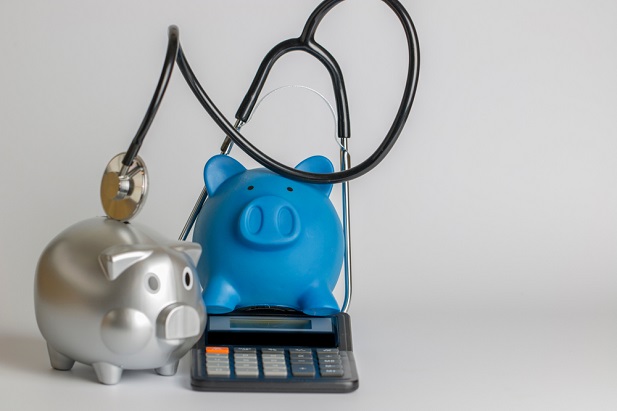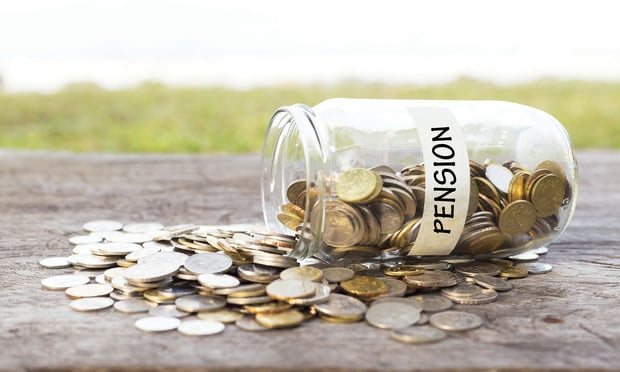
More than 1 in 10 American adults is unable to afford or access quality health care, according to the recent West Health-Gallup Healthcare Indices Study. This is the highest number since 2021 and is equivalent to 29 million people.
The most significant increases in what researchers term cost-desperate populations over that period are among:
- Hispanic adults, up 8 percentage points to 18%;
- Black adults, up 5 points to 14%; and
- Low-income households, up 11 points to 25%.
Recommended For You
The rate of increase by age group is not as pronounced. Compared with 2021, the percentage of Americans aged 65 and older considered cost desperate increased just one point to 4% in 2024, while rates have risen by three points among those aged 50 to 64 (now 11%) and by four points among those younger than 50 (now 14%).
Although households earning less than $48,000 annually have always reported more difficulty accessing affordable health care, the difficulty has worsened considerably in the past year. The number climbed by 11 points (to 64%) among households earning less than $24,000 and 12 points (to 57%) among households earning from $24,000 to less than $48,000.
Meanwhile, the percentage of adults classified as cost secure (able to access and afford quality health care) has reached its lowest level, with only about half of Americans falling into this category. Although there has been greater change in the proportion of Americans classified as cost desperate and cost secure in recent years, nearly 4 in 10 are cost insecure, showing intermittent or inconsistent difficulty in accessing and affording health care.
The decline in cost security in health care carries serious practical implications for the American public, the study said. Twelve percent of U.S. adults report borrowing an estimated $74 billion to pay for health care last year, and nearly 60% are at least somewhat concerned about going into debt to pay for a major medical event.
“The increase in the percentage of Americans unable to afford health care and medicine has impacted Black, Hispanic and lower-income households disproportionately in the past year, revealing that the already-existing gap between haves and have-nots in affording care is now bigger than ever,” the study said. “These changes may reflect a confluence of factors, including elevated levels of consumer and medical inflation, persistent drug shortages and climbing rates of Medicaid disenrollment due to the expiration of the continuous enrollment provision and major cuts in Children’s Health Insurance Program enrollment.”
© Touchpoint Markets, All Rights Reserved. Request academic re-use from www.copyright.com. All other uses, submit a request to [email protected]. For more inforrmation visit Asset & Logo Licensing.







